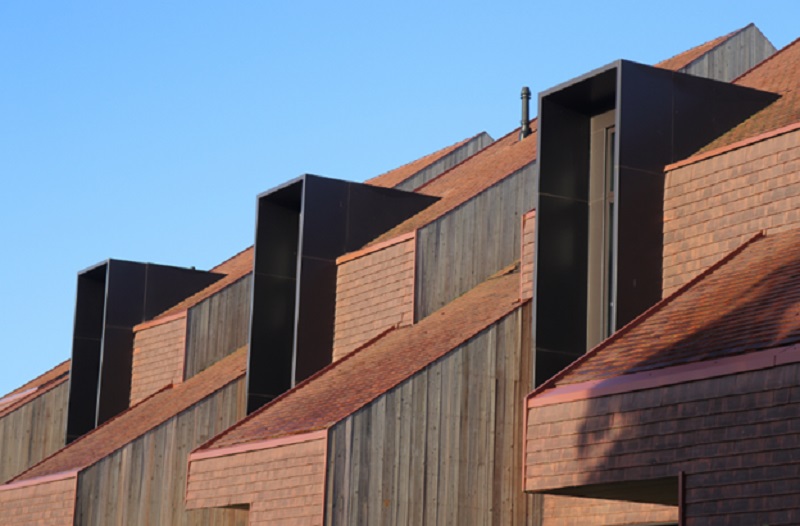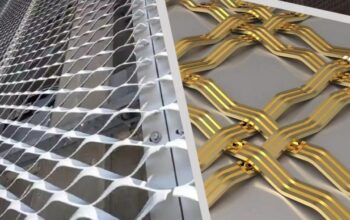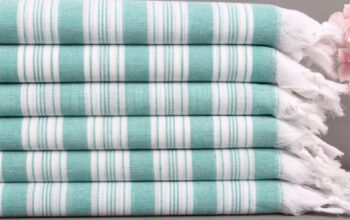In an age where design constantly evolves, the visual appeal of structures plays an essential role in shaping first impressions. Across urban landscapes and suburban developments alike, a quiet revolution is underway—one driven by the increasing adoption of architectural cladding. Beyond its eye-catching aesthetics, this form of exterior and interior finishing brings a host of practical advantages, marrying form with function in a remarkably seamless way. Whether it’s a sleek commercial façade or a revitalised residential project, cladding is changing how people interact with built environments.
What Makes Architectural Cladding a Modern Essential?
At its core, cladding serves as a protective layer that envelopes buildings, shielding them from harsh elements while enhancing their overall appearance. But its role doesn’t end there. Designers and homeowners alike are gravitating towards cladding because of its versatility. Available in a wide array of materials, colours, and textures, cladding solutions can complement almost any architectural style—be it contemporary, traditional, minimalist, or eclectic.
This dynamic element allows buildings to reflect the character and personality of their occupants. Whether applied to new builds or renovation projects, cladding has the unique ability to transform the mundane into something memorable. By offering both stylistic freedom and structural support, it has emerged as a preferred choice in today’s competitive design arena.
A Fusion of Beauty, Protection, and Performance
While aesthetics often take centre stage, the functional aspects of cladding are equally vital. It acts as a weather-resistant barrier, shielding structures from moisture, wind, and temperature fluctuations. This not only contributes to the longevity of the building but also reduces the need for frequent maintenance. For structures located in areas prone to extreme conditions, such protection can be invaluable.
In addition, cladding contributes to energy efficiency. When installed correctly, it improves thermal insulation, helping interiors stay cooler in summer and warmer in winter. This has become increasingly important as energy consumption and sustainability continue to influence design choices across the globe. In this regard, cladding not only enhances comfort but also promotes eco-conscious living.
Versatility That Enhances Both Interiors and Exteriors
Traditionally associated with building exteriors, architectural cladding has now made a confident move into interior spaces. Designers are using it creatively to add depth and dimension to feature walls, ceilings, and even partitions. It provides a tactile quality that paint and wallpaper often cannot match, creating surfaces that are both visually and texturally engaging.
The adaptability of cladding makes it suitable for a wide variety of projects, from corporate office interiors and retail environments to private homes and cultural spaces. Its presence lends a sophisticated edge to design schemes, all while offering practical benefits such as durability and ease of cleaning.
Choosing the Right Style for Lasting Impact
With so many options available, selecting the appropriate type of cladding depends largely on the desired visual impact and the functional demands of the project. Timber, metal, stone, and composite panels each bring their unique characteristics. While natural wood offers warmth and organic charm, metals like aluminium and steel provide a clean, industrial look with exceptional resilience. Composite materials strike a balance between aesthetics, affordability, and performance, making them a popular choice for many.
The freedom to mix and match styles also allows designers to push creative boundaries. Layering different textures or colours can produce bold statements or subtle nuances depending on the desired outcome. By carefully considering lighting, angles, and environmental factors, one can harness the full potential of cladding to elevate everyday spaces.
Embracing Timeless Design through Intelligent Detailing
What sets outstanding design apart from the ordinary often comes down to the finer details. Architectural cladding offers a level of refinement that enhances not just the overall aesthetic but also the tactile and emotional experience of a space. Its clean lines, precise finishes, and ability to catch light transform ordinary surfaces into points of visual interest.
These details play a vital role in creating spaces that feel thoughtful and cohesive. Whether used in an expansive lobby or a quiet residential alcove, cladding helps define purpose and flow. It signals intention in a way few other materials can—subtly yet unmistakably.
Conclusion:
As design preferences continue to evolve, the role of cladding has never been more prominent. It provides a dynamic balance between aesthetic elegance and structural integrity, ensuring buildings not only look impressive but also stand the test of time. From its application on bold exteriors to sophisticated interior finishes, it has become a cornerstone of contemporary design thinking.
Investing in architectural cladding is not merely about following a trend—it’s about choosing enduring quality, performance, and visual distinction. In both practical and artistic terms, it represents a thoughtful step towards creating environments that resonate with comfort, creativity, and modern appeal.





